Hyundai Tucson vs Renault Austral – Kumpi malli toimii paremmin arjessa?
Kaksi autoa, yksi kaksintaistelu: Hyundai Tucson kohtaa Renault Austral.
Kumpi vakuuttaa enemmän suorituskyvyssä, kulutuksessa ja hinta–laatusuhteessa? Selvitä nyt!
Battle of the SUVs: Hyundai Tucson vs Renault Austral
In the ever-competitive SUV market, two standout contenders are grabbing the limelight: the Hyundai Tucson and the Renault Austral. As both make their marks in the 2024 lineup, these SUVs are much more than just family vehicles; they are technologically advanced machines ready to redefine the driving experience. Let's dive into a detailed comparison of these two impressive vehicles.
Engine Performance and Efficiency
Both the Hyundai Tucson and Renault Austral offer a variety of engine options, catering to the diverse demands of the modern driver. The Tucson is particularly versatile with its wide range of powertrains, including Diesel MHEV, Petrol MHEV, Full Hybrid, and Plugin Hybrid options. It boasts power figures reaching up to 252 HP, coupled with all-wheel drive capabilities on select variants, a clear advantage for those seeking power and traction.
In contrast, the Renault Austral focuses on petrol-driven efficiency with its Petrol MHEV and Full Hybrid systems. It delivers a maximum of 200 HP, which, while slightly less powerful than the Tucson's top offerings, is backed by an impressive consumption rate as low as 4.7 L/100 km for the Full Hybrid variant. The Austral shines with its emphasis on fuel economy, making it a strong contender for eco-conscious drivers.
Driving Dynamics and Handling
The Hyundai Tucson offers both automatic and manual transmission options, including a Dual-Clutch Automatic that caters to driving enthusiasts seeking a sportier feel. With its capable front-wheel and all-wheel drive systems, the Tucson promises versatile handling that adjusts to different driving conditions, whether navigating city streets or tackling off-road paths. It accelerates from 0-100 km/h in as fast as 7.9 seconds, providing a balanced blend of speed and control.
Renault Austral, with its focus on simplicity and efficiency, provides an automatic transmission setup via its continuously variable transmission (CVT) as well as a traditional automatic gearbox. Its front-wheel-drive configuration aligns well with the brand's emphasis on urban-centric driving dynamics. The Austral covers 0-100 km/h in 8.4 seconds, slightly less brisk but still commendable for its segment.
Design and Dimensions
Aesthetic appeal and utility come together in the design of both SUVs. The Hyundai Tucson boasts dimensions of 4510 mm in length, 1865 mm in width, and 1650 mm in height, offering a spacious interior with a trunk capacity of up to 620 liters. It's designed for those who need practicality without sacrificing style.
The Renault Austral matches closely with a 4510 mm length and a more compact width of 1825 mm, allowing for easier maneuverability in tight urban settings. It features a trunk capacity maxing out at 500 liters, which is slightly lesser than the Tucson but still adequate for daily use and weekend getaways.
Innovations and Feature Highlights
Hyundai has incorporated an array of advanced features in the Tucson, focusing on both safety and entertainment. Its higher ground clearance combined with driver-assist technologies like forward collision-avoidance assist and blind-spot monitoring ensures a secure ride. The infotainment system supports seamless connectivity and voice control, providing both comfort and convenience.
Renault Austral packages its innovative spirit in technology-led and sustainable solutions. The interior is crafted with high-quality materials and houses a digital cockpit dominated by a large central screen, enhancing the user interface experience. Austral also prioritizes efficiency and emissions reduction, evident in its CO2 output as low as 105 g/km, appealing to eco-friendly consumers.
Final Verdict
When comparing the Hyundai Tucson and Renault Austral, your choice boils down to performance preferences and lifestyle needs. The Tucson is the go-to for comprehensive powertrain options and a more robust driving feel, especially for those who appreciate the flexibility of all-wheel drive and varied powertrains. On the other hand, the Austral shines in its fuel efficiency, intuitive tech features, and urban-friendly drivability, making it an attractive choice for city-savvy drivers concerned with economy and emissions.
Both models epitomize the best of what modern SUVs can offer, ensuring that whether you opt for the Hyundai Tucson or the Renault Austral, you will drive away in a vehicle that marries comfort, innovation, and performance seamlessly.
Tässä mennään yksityiskohtiin: tekniset erot tarkemmin
Kustannukset ja kulutus: Taloudellisuudessa on mielenkiintoisia eroja näiden kahden mallin välillä.
Renault Austral on hinnassa tuskin havaittava edullisempi – sen lähtöhinta on 34700 €, kun taas Hyundai Tucson maksaa 35700 €. Ero on noin 1040 €.
Polttoaineenkulutuksessa näkyy ero: Hyundai Tucson kuluttaa 1 L ja on siten vakuuttava taloudellisempi kuin Renault Austral, jonka kulutus on 4.80 L. Ero on noin 3.80 L /100 km.
Moottori ja suorituskyky: Moottorin alta paljastuu, kumpi malli on urheilullisempi ja kiihtyy paremmin.
Moottoritehossa Hyundai Tucson on selvästi havaittava etulyöntiasemassa – 252 hv verrattuna 200 hv:een. Ero on noin 52 hv hv.
Kiihdytyksessä 0–100 km/h Hyundai Tucson on melkein huomaamaton nopeampi – 7.90 s vs. 8.40 s. Ero on noin 0.50 s sekuntia.
Huippunopeudessa Hyundai Tucson on kevyt edellä – se yltää 194 km/h:een, kun taas Renault Austral saavuttaa 180 km/h. Ero on noin 14 km/h.
Vääntömomentissa näkyy myös ero: Hyundai Tucson vetää ilmeinen voimakkaammin, 367 Nm verrattuna 270 Nm:een. Eroa on noin 97 Nm.
Tila ja käytännöllisyys: Sisätilat, tavaratila ja kantavuus ratkaisevat auton arjen käytettävyyden. Mukavuus ja joustavuus ovat avainasemassa.
Molemmissa autoissa on tilaa 5 henkilölle.
Omapainossa Hyundai Tucson on melkein huomaamaton kevyempi – 1520 kg verrattuna 1539 kg:een. Painoero on noin 19 kg.
Tavaratilan koossa Hyundai Tucson tarjoaa pienessä määrin enemmän – 620 L verrattuna 555 L:een. Ero on noin 65 L.
Maksimikantavuudessa Hyundai Tucson pärjää vähäinen paremmin – jopa 1799 L, noin 38 L enemmän kuin Renault Austral.
Kantavuudessa Hyundai Tucson on pienessä määrin parempi – 545 kg verrattuna 477 kg:een. Ero on noin 68 kg.
Kokonaisuudessaan Hyundai Tucson on antaa kilpailijalle vähän mahdollisuuksia ja nappaa näin DriveDuel Champion -tittelin.
Se vakuuttaa tasapainoisemmalla kokonaisuudellaan ja on käytännöllisempi kumppani arjessa.
Hyundai Tucson
Hyundai Tucson on saanut paljon kiitosta tyylikkäästä muotoilustaan ja tilavasta sisätilastaan, joka tarjoaa mukavuutta perheille ja matkustajille. Sen modernit ominaisuudet ja älykäs teknologia tekevät ajamisesta vaivattomampaa ja turvallisempaa. Tucson yhdistää upeasti käytännöllisyyden ja tyylin, tehden siitä erinomaisen valinnan kaupunkiajoon ja pidemmille matkoille.
Tiedot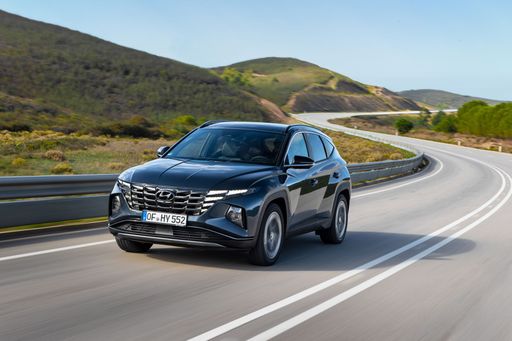 @ hyundai.news
@ hyundai.news
 @ hyundai.news
@ hyundai.news
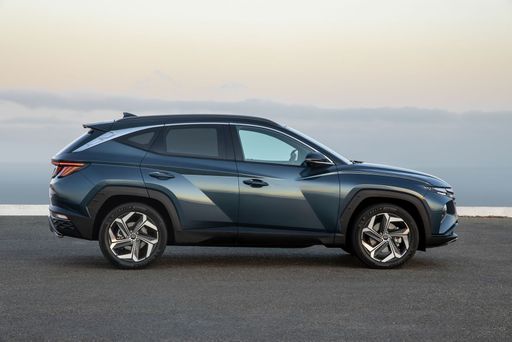 @ hyundai.news
@ hyundai.news
 @ hyundai.news
@ hyundai.news
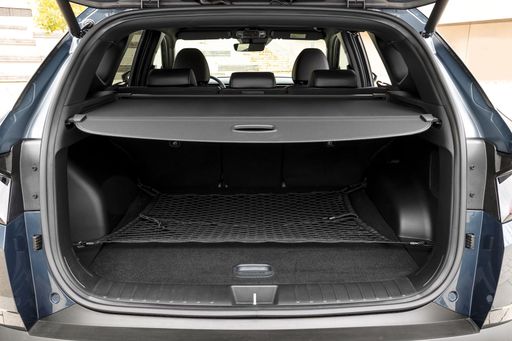 @ hyundai.news
@ hyundai.news
Renault Austral
Renault Austral on moderni ja tyylikäs SUV, joka yhdistää nykyaikaisen muotoilun ja käytännöllisyyden. Sen tilava sisustus ja korkealaatuiset materiaalit tarjoavat erinomaisen ajokokemuksen sekä kuljettajalle että matkustajille. Austral tarjoaa myös edistyksellisiä turvallisuusominaisuuksia, jotka tekevät siitä erinomaisen valinnan perheille ja aktiivisille ihmisille.
Tiedot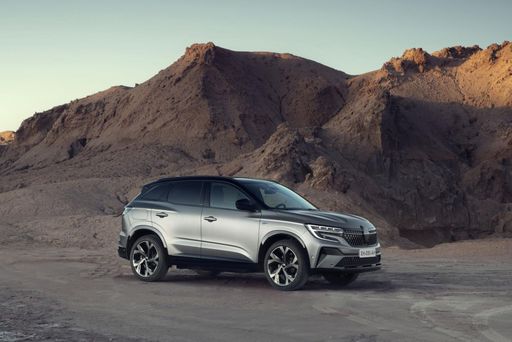 @ Renault
@ Renault
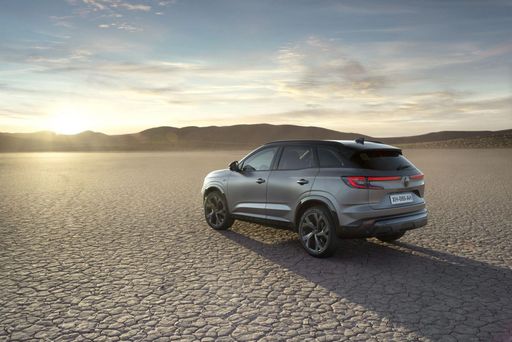 @ Renault
@ Renault
 @ Renault
@ Renault
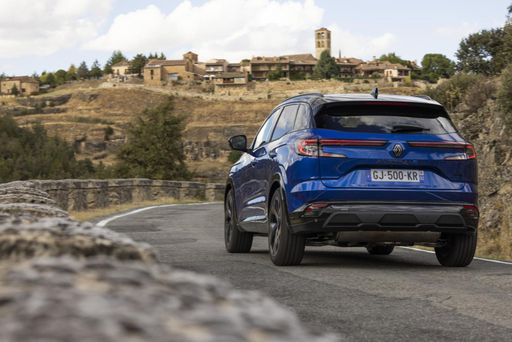 @ Renault
@ Renault
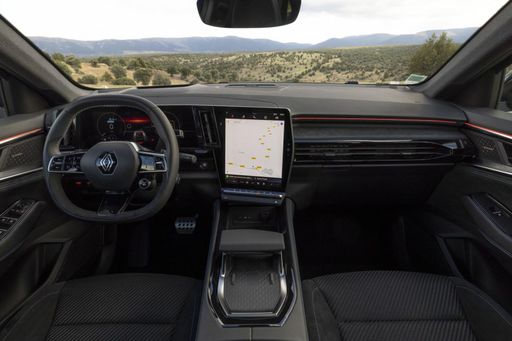 @ Renault
@ Renault
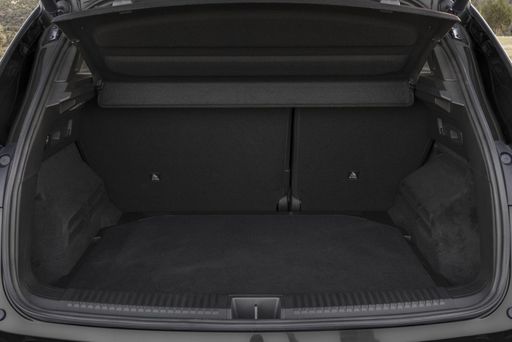 @ Renault
@ Renault

|

|
|
|
|
Kustannukset ja kulutus |
|
|---|---|
|
Hinta
35700 - 54100 €
|
Hinta
34700 - 44200 €
|
|
Kulutus L/100km
1 - 6.9 L
|
Kulutus L/100km
4.8 - 6.5 L
|
|
Kulutus kWh/100km
-
|
Kulutus kWh/100km
-
|
|
Sähköinen toimintasäde
64 - 70 km
|
Sähköinen toimintasäde
-
|
|
Akun kapasiteetti
-
|
Akun kapasiteetti
-
|
|
CO2
22 - 156 g/km
|
CO2
109 - 148 g/km
|
|
Polttoainesäiliön tilavuus
42 - 54 L
|
Polttoainesäiliön tilavuus
55 L
|
Mitat ja kori |
|
|---|---|
|
Kori
SUV
|
Kori
SUV
|
|
Istuimet
5
|
Istuimet
5
|
|
Ovet
5
|
Ovet
5
|
|
Omamassa
1520 - 1889 kg
|
Omamassa
1539 - 1613 kg
|
|
Tavaratila
546 - 620 L
|
Tavaratila
527 - 555 L
|
|
Pituus
4510 - 4520 mm
|
Pituus
4533 mm
|
|
Leveys
1865 mm
|
Leveys
1825 mm
|
|
Korkeus
1650 mm
|
Korkeus
1645 mm
|
|
Maksimi tavaratila
1721 - 1799 L
|
Maksimi tavaratila
1736 - 1761 L
|
|
Kantavuus
525 - 545 kg
|
Kantavuus
464 - 477 kg
|
Moottori ja suorituskyky |
|
|---|---|
|
Moottorityyppi
Diesel MHEV, Bensiini MHEV, Bensiini, Täyshybridi, Plug-in hybridi
|
Moottorityyppi
Bensiini MHEV, Täyshybridi
|
|
Vaihteisto
Automaatti, Manuel
|
Vaihteisto
Automaatti
|
|
Vaihteiston tyyppi
Kaksoiskytkin automaatti, Manuaalivaihteisto, Automaattivaihteisto
|
Vaihteiston tyyppi
CVT-vaihteisto, Automaattivaihteisto
|
|
Vetotapa
Etuveto, Neliveto
|
Vetotapa
Etuveto
|
|
Teho hv
136 - 252 hv
|
Teho hv
158 - 200 hv
|
|
Kiihtyvyys 0-100 km/h
7.9 - 11.6 s
|
Kiihtyvyys 0-100 km/h
8.4 - 9.7 s
|
|
Huippunopeus
180 - 194 km/h
|
Huippunopeus
180 km/h
|
|
Vääntömomentti
265 - 367 Nm
|
Vääntömomentti
270 Nm
|
|
Sylinterien lukumäärä
4
|
Sylinterien lukumäärä
3 - 4
|
|
Teho kW
100 - 185 kW
|
Teho kW
116 - 147 kW
|
|
Iskutilavuus
1598 cm3
|
Iskutilavuus
1199 - 1332 cm3
|
Yleiset |
|
|---|---|
|
Mallivuosi
2024
|
Mallivuosi
2025
|
|
CO2-tehokkuusluokka
E, F, D, B
|
CO2-tehokkuusluokka
E, C
|
|
Merkki
Hyundai
|
Merkki
Renault
|
Millaisia voimalinjoja Hyundai Tucson:ssa on saatavilla?
Saatavilla olevat vaihtoehdot: Etuveto tai Neliveto.
Näytetyt hinnat ja tiedot ovat arvioita, jotka perustuvat Saksan listahintoihin, ja voivat vaihdella maittain. Nämä tiedot eivät ole oikeudellisesti sitovia.
